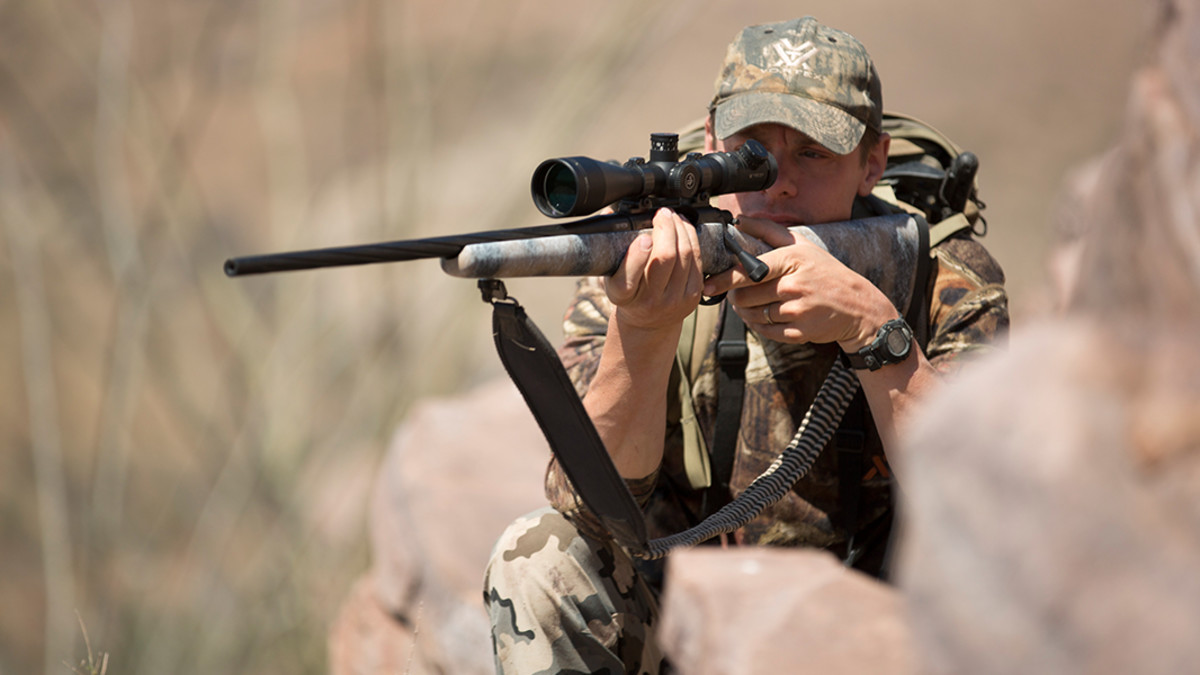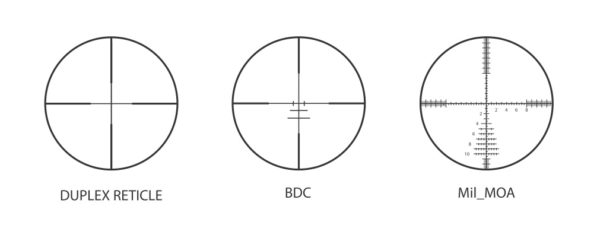
The one thing to remember when considering the price and quality of a rifle scope, yes, there is a direct correlation, is this. Better scopes buy you time in the field. That is, a high-quality scope will function better in low-light conditions than a cheaply built scope, allowing you to shoot effectively earlier in the morning and later in the evening. Staring through scopes inside of your favorite big box sporting goods store will rarely show you the differences that you’re paying for.
For a great do-it-all rifle scope, get a good quality 3-9 x 40mm scope with adjustable parallax from a reputable manufacturer such as Leupold, Nikon, or Vortex. Plan on paying at least $350. Never buy a scope that doesn’t carry a warranty. There are many alternatives to the 3-9 x 40. For close-range shooting, say out to 200 yards, a 2-8 x 30mm is all the scope you need. The smaller magnification allows for a huge field of view, making getting on target a breeze. When hunting the West or anywhere else that requires longer-range shooting, a scope with a 50mm objective and a top end magnification of 16x or even 24x will help pull those critters in close for exact bullet placement. The 50mm objective lens also draws in more light, buying you time during low light conditions.
Common Reticle Types

What The Hell is Parallax?
Imagine an old-fashioned speedometer in a car, where the needle sits in front of a fixed circular face printed with numbers. Now picture that speedometer when viewed from the passenger’s seat. From there, it’s hard to get an accurate reading on the needle’s position. While this isn’t a perfect analogy, it helps explain a vexing problem that many people have with riflescopes. Scopes with a fixed focus (that is, any scope without an adjustable objective or an adjustable parallax knob) are prefocused at the factory. Typically, fixed focus scopes meant for centerfire cartridges are focused at 100 yards, fixed focus scopes meant for air rifles or rimfire cartridges are focused at 50.
This doesn’t mean that these scopes are out of focus when looking at objects at other distances, your eye does the work of correcting the focus. It could, however, mean that you’re looking at the crosshairs from the passenger seat. In other words, it might seem that the crosshair drifts around on the target with slight movements of your head. To correct this, make sure that your fixed focus scope roughly corresponds to the distances that you’re most likely to be shooting at. With a .22, that’s probably going to be a 50-yard focus, and with centerfires, 100. But if you’re going to get serious about shooting accurately at longer ranges, you’ll want a scope with parallax adjustment.






